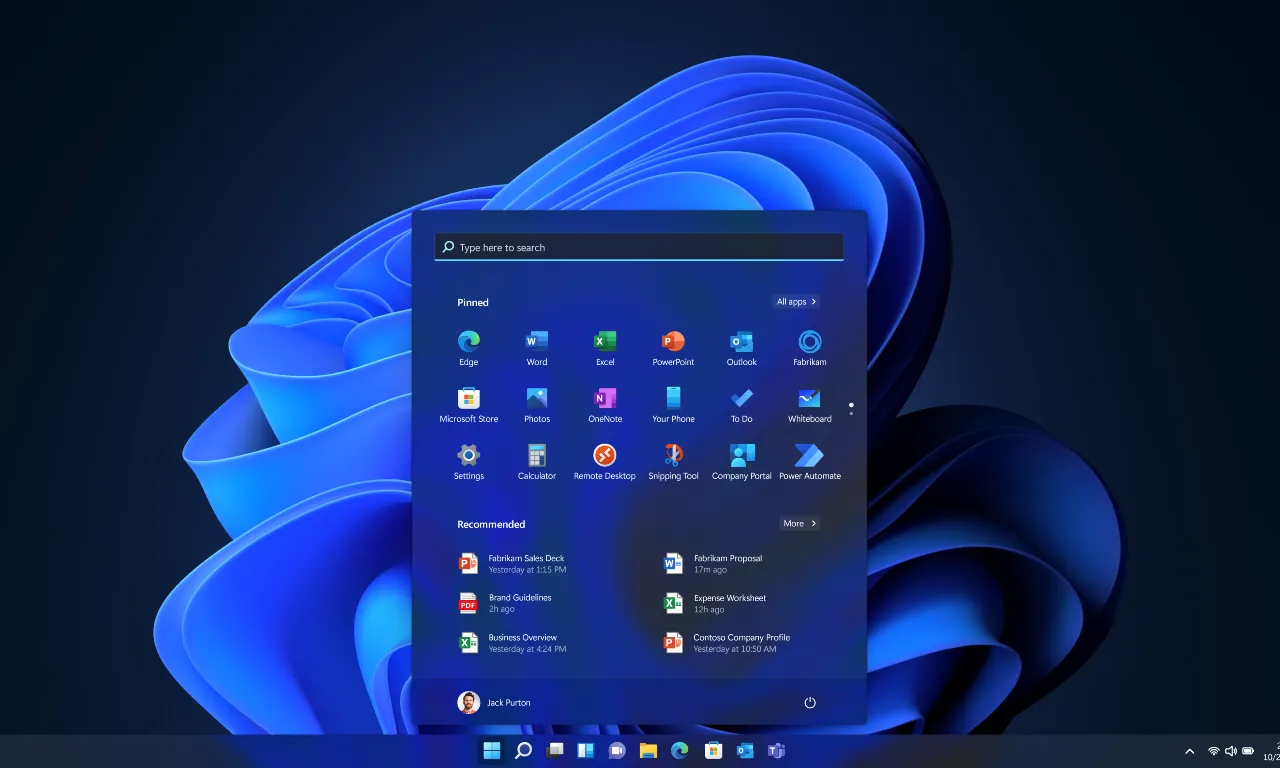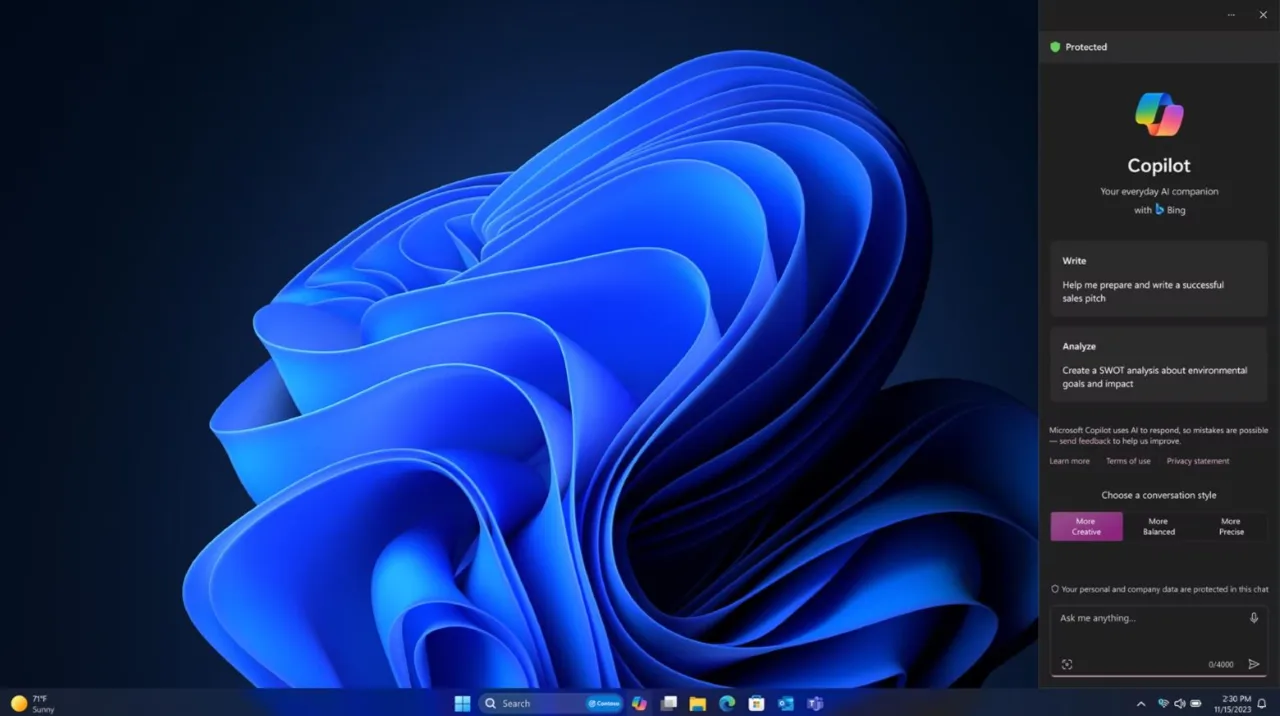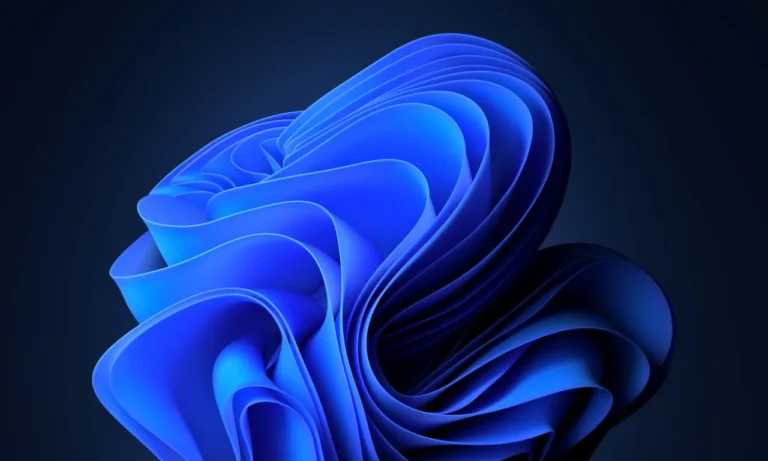All eyes and a lot of effort and enthusiasm are being poured into the new release of Microsoft’s Windows 11 24H2, which promises to unleash the entire might of AI through features such as AI Explorer and a locally running Copilot. It’s very clear that Microsoft is placing big bets on AI to establish a major presence in the expansive AI market. Ironically, with these ambitious plans, a different twist came in because recent data from StatCounter reveals that the momentum that lies behind the rise of Windows 11 appears to be slowing down, whereas that of Windows 10 seems to be gaining.
This move is highly perplexing, especially since Windows 10 will not be receiving any support from Microsoft after the Q4 of 2025. The data thus presents critical questions: Is the data misleading, or are there really people downgrading? Although there’s no concrete evidence to support a trend of mass migration back to Windows 10, anecdotal evidence points to some pain points with Windows 11 that might be nudging users toward downgrading. In this article, we will go through these points and try to understand what might be steering people away from Microsoft’s latest operating system.
Performance Issues Driving Users Away from Windows 11
One of the major reasons why a few people moving back to Windows 10 has to do with performance issues. Looks like not all people are finding a smooth ride in Windows 11. Interestingly, this is not a universal complaint; however, wherever it happens, the impact is good enough to provoke a switch back to the old, seemingly more reliable Windows 10.
Some users report that Windows 10 works faster and smoother for them. This may all be in the mind of the beholder but for such users, the difference is stark, and this causes some frustration with Windows 11. This may be an optimization problem on the part of Windows 11, or it’s more demanding in hardware resources. After all, every operating system has its peculiarities and needs.
After using Windows 11 for a year I went back to 10 and i noted an important difference
byu/Sifhys inWindows11
Most likely, the problems lie in hardware compatibility. That’s to say, Windows 11 came with a certain set of requirements that were a level up from what is on Windows 10. In essence, it will likely mean that some outdated PCs, happily chugging along with running 10, may not have the requirements to run the latest Windows with its new demands. For such users, the transition can turn out to be rough, with devices struggling to keep up with a transfer that could have been prevented had compatibility details been ensured.
What’s the takeaway here? So, if Microsoft is to keep users on Windows 11, maybe it might need some more fine-tuning: guaranteeing this OS is fine across a wider tranche of hardware, or maybe firming up which devices can take the upgrade without a glitch. That might stop users from feeling that they need to go back. Until then, Windows 10 might remain the safe harbor for those who want performance and speed.
Many Windows 10 Users Don’t Feel Comfortable Using Windows 11

You’ve been using Windows 10 for years; you knew where everything was, and everything worked just how you liked it. Then you upgraded to Windows 11, and all of a sudden, things felt a little bit off. The Start menu was way different—a big deal in your routine—and not only was it different visually, but it also lacked features you’ve come to lean on. Windows 11 taskbar isn’t nearly so flexible either; you can’t place it around the screen like you used to.
These changes can be jarring for a lot of users. It’s sort of like walking into your house to find someone else has rearranged the furniture. While the new layout might be more good-looking or sleek, it’s not the home settings you used to like and live in. In the case of the computer, it’s different from the previous OS that you knew and loved. Some users went as far as to install independent third-party applications like Start11 to help with the recovery of some of their favorite elements from Windows 10. Not everyone is willing to go through the hassle of customizing their system to load up additional software only to get back features that should be there from the beginning.
This is the huge dilemma: on one hand, Microsoft moves forward and redesigns the Windows environment into what they feel is a more streamlined, modern experience, but on the other hand, a part of their user base remains behind, clutching onto the familiar usability of Windows 10. To get everybody aboard the Windows 11 train, Microsoft might have to listen a little closer to these usability issues—ensure new updates will bring not only features but also ways to keep users comfortable, and feeling familiar.
Most People aren’t Happy with Windows 11’s New Strategic Directions

It’s no secret that Microsoft has gone full-throttle to AI features such as AI Explorer and Copilot with the Windows 11 24H2 update. This sounds great on paper, and most certainly there is potential for it to change the way we will interact with our computers. Not all are impressed with the move; some feel that the AI push for these, while great, features can be a bit intrusive. There is, of course, the feeling that while these tools are quite powerful, they might complicate the user experience or even raise issues about privacy and data security, notably in business environments where sensitive data is at stake.
Adding fuel to the fire, the ads are now appearing in the Windows 11 Start menu. Many users opine that putting advertisements in a paid operating system is craziness itself. Functionality and user experience should be of prime importance. The blowback from the community has been sufficiently great to spawn tools such as Winpilot, which ships with an ad blocker to assist users in keeping their Start menus clear of advertisements. That’s sending a clear message: users want a cleaner and more easy experience, not a littered one full of promotions.
It would be speculative to say that it was somewhere around January 2024 when Microsoft began to deploy these features using AI and ads a little bit more aggressively, enough to become a tipping point for many users, for whom this was just another kind of feature update. This could be one reason many people are rolling back to Windows 10—having what they feel are fewer hindrances from these new paths.
There has to be a balance to innovation – Microsoft’s AI and advertising shift in Windows 11 could be a move too far too soon for those who want their OS to be plain and dependable. Some measure of in-between or extra control and flexibility on the part of users over these features could be the all-important thing that keeps them on board with new updates rather than looking back.
What Does this Downgrade Mean for the Future of Windows OS?
As we arrive after why some reverted from Windows 11 back to Windows 10, here is one important question: what does this mean for the future of Windows OS? Users will be left at the mercy of choice since Windows 10 is declared end-of-life as of October 2025: either to stick around with the familiar until it becomes inviable, or jump on to newer versions like Windows 11, despite the reservations they may have.
Microsoft has said it will offer paid support services for Windows 10 above its official retirement. That may provide a short-term solution for the many businesses and individuals that will not be ready for the upgrade. But it’s not a long-term fix. Ultimately, users will have to decide between returning to Windows 11, moving to an entirely new platform, or operating in a non-support environment—without security patches to protect against the ever more hostile cyberspace.
What this means for growing pains with Windows 11 is the same theme that falls common in technology: the balance between innovativeness and user comfort. In as much as Microsoft moves forward in integrating AI and other modern features into Windows 11, it will need to do that with an ear to user feedback: thinking and readjusting how these elements will be implemented.
In case the company wants to make Windows 11 the future standard for computing, it’s very crucial to make sure that the user feels at home, not just with a tool of the future. It’s a matter of time to see how Microsoft responds to these challenges. Will they redouble their efforts at modernizing at the speed of technology, or will they hold the pace so that their base is ready and willing to move forward with them? Only time will tell.

